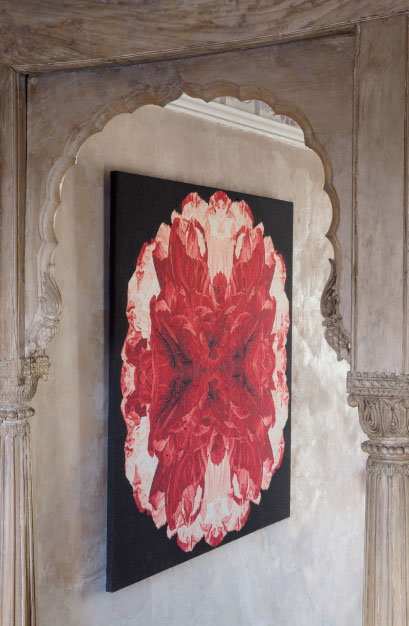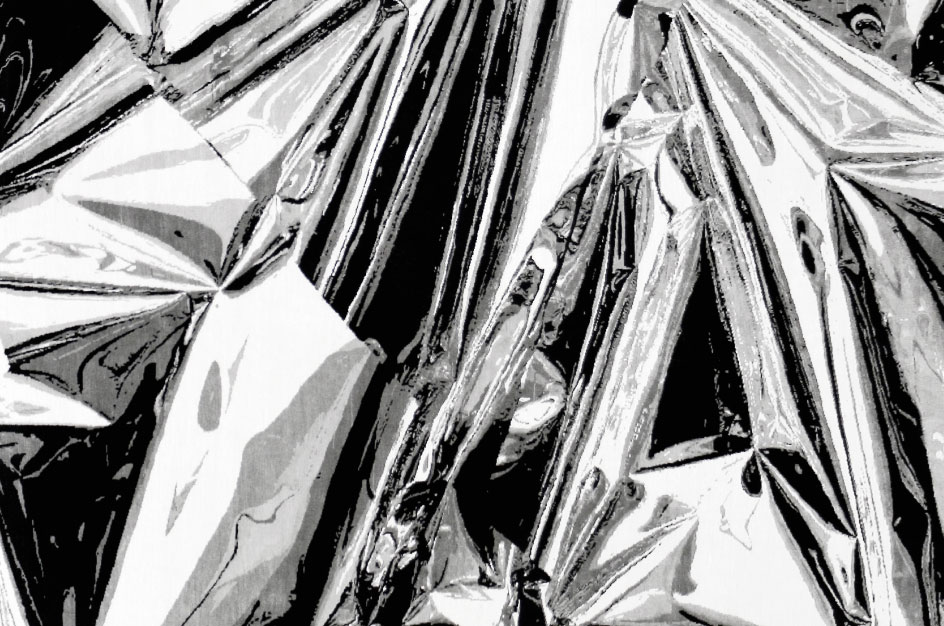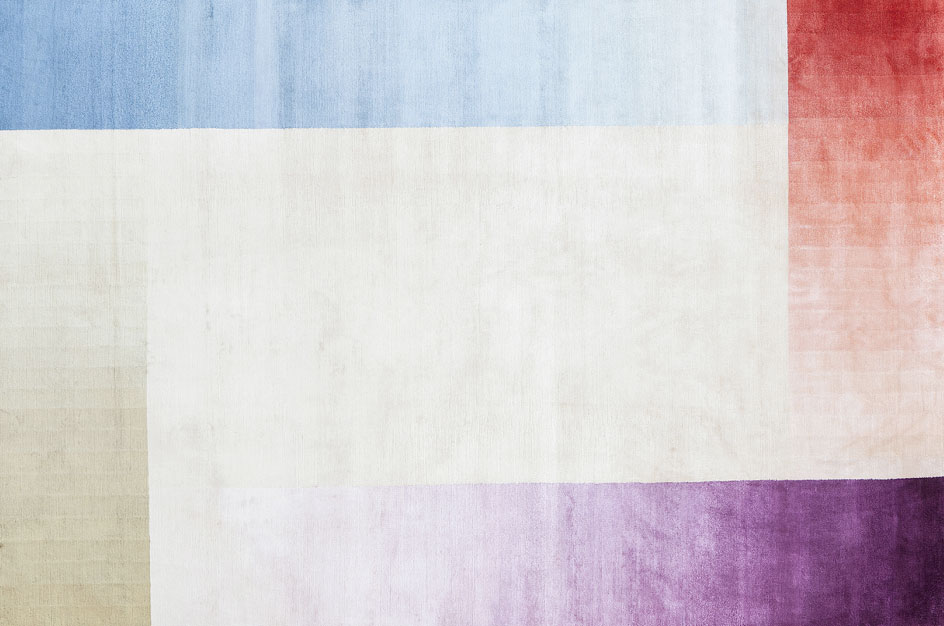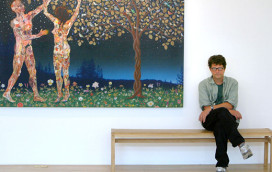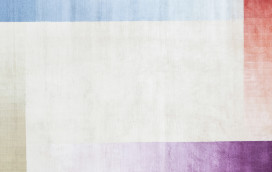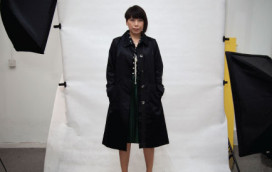The grand British art historian Kenneth Clark, once the director of the National Gallery in London, owned a lot of art. But among Lord Clark’s favorite works was a piece made by Duncan Grant – a precious and much-loved artwork that he stepped on almost every day. Sacrilege? Not at all, because the artwork in question was a rug: designed especially for his eminence by the Bloomsbury Group artist, and frankly, far from the average humble floor covering.
Which goes to show that a rug can be a work of art and usable. There’s certainly a lot to love about a great rug. Like “slow food”, rugs are perhaps the ultimate “slow” art form. They take months and even years to complete, are usually made of natural fibers, last for centuries if kept properly and can be rolled up and transported. They are also warm and tactile.
Which is probably why the artist-designed rug is having a renewed moment in the art and fashion worlds. Pioneering the revival is the Rug Company, which has showrooms across Europe and North America, as well as Taiwan, Hong Kong and the Middle East. It has placed itself firmly in the vanguard of artist and designer-made rugs by commissioning and selling rugs created by such fashion figureheads as Alexander McQueen, Vivienne Westwood and Diane von Furstenberg, as well as a series of one-off tapestries from contemporary artists including Kara Walker, Fred Tomaselli (whom we feature on p.74) and Sir Peter Blake.
“Artists and designers’ contemporary rugs have become really collectable in recent years,” says Christopher Sharp, CEO and co-founder of the Rug Company together with his wife Suzanne. “The nature of their production – they’re knotted and woven entirely by hand by a small group of skilled craftspeople – means that their production is limited, and that demand outstrips what we’re able to produce.” So they’re also an investment, one reason why artists’ rugs are flying off the floors of the Rug Company’s stores, everywhere from San Francisco to Mexico City.
The swell of interest is not limited to New York. Earlier this year the Musée d’Art Moderne in Paris hosted Decorum, an exhibition featuring more than 100 rugs and tapestries created by artists ranging from Francis Bacon and Pablo Picasso to Le Corbusier and Louise Bourgeois. This summer in London there’s been an exhibition called Form through Colour, both showing and selling rugs produced by Bauhaus designers Josef and Anni Albers, as well as contemporary British artist Gary Hume.
The organizer of that exhibition, textile and rug-designer Christopher Farr, whose eponymous company has offices in London and Los Angeles, was a frontrunner in the current rug boom. “When we started making artist-designed rugs [in the early 1990s] people laughed at us,” says Matthew Bourne, Farr’s business partner. “Nobody else did it at the time. But we’ve always asked, ‘Why can a sculpture be a work of art and not a rug?’ ” Christopher Farr now sells rugs by a roster of big-name artists and designers that includes Andrée Putman, Jorge Pardo and Sarah Morris.
As Bourne notes, artistic rugs have seen previous high-water marks: “In the 1920s the groundbreaking Myrbor gallery in Paris, led by Marie Cuttoli, sold rugs by Picasso and other artists.” Then, into the 1950s and 1960s, rugs came on to the market bearing designs by artists including Ellsworth Kelly and Alexander Calder. But it took until the 1990s to feel the real heat of revival, which Bourne attributes to “a search for new and durable art forms that are useful as well as beautiful”.
Cast around, and you’ll find plenty more manifestations of the new art rug. Notable in the genre are Michelle Evans’s wool and silk rugs, which have just been exhibited at the J+A Gallery in Dubai; ChiChi Cavalcanti’s graphic, Brazil-influenced rugs, which are prized by architects and interior designers; and Tania Johnson’s meditative rugs based on photographs of natural phenomena such as water. “They take months of painstaking work,” says Johnson, whose clients have included Calvin Klein Home.
There’s even an avant-garde strand in artistic rug-making. In May, at Barneys in New York, an exhibition called Volume #1 showed the results of a limited-edition art-rug project from luxury rug-makers Henzel Studio, which included a Juergen Teller portrait of a nude Vivienne Westwood in rug form, a rug by Helmut Lang, and an astonishing floor-piece by Marilyn Minter called Cracked Glass.
Several of these rugs broke out of the classic rectangular format, and used differing weave heights to create complex images. “This collection was a way to show the rug in a broader context,” says Joakim Andreasson, curator of the project. “The idea was to bring the art rug to a new audience that doesn’t make such a distinction between applied and fine art.” It’s also worth noting that compared to much contemporary art, the rugs were relatively affordable: with prices ranging from $16,000 to $20,000, they are cheap enough, almost, to induce a serious rug habit.
We still have some way to go, however, before precious rugs and tapestries are as appreciated as they were in their heydey, during the Middle Ages. “Tapestry was then judged as a higher art than painting and was more expensive,” says Matthew Bourne. So prestigious was it, adds Christopher Sharp, that “aristocrats would roll up their tapestries and take them to other people’s castles to show them off. Henry VIII had a lot of his wealth wrapped up in them.”
It was probably industrialization that led to rugs, wall-hangings and tapestries being downgraded. “In the 20th century, makers’ skills started to disappear in the West,” says David Weir, director of Edinburgh weavers Dovecot, which itself was revived ten years ago after a period in the doldrums. “Previously we’ve commissioned artists such as David Hockney, Graham Sutherland and Frank Stella, and we’re now returning to the artist-designed rug idea – we’ve recently brought out a series of hand-tufted rugs in collaboration with artist Than Hussein Clark. Weaving translates well to contemporary art.”
Rug-making remains a slow and labor-intensive endeavor, but producers have found plenty of artisans happy to take on the challenge of making art rugs in the developing world. Christopher Sharp uses weavers in Nepal, for example, while Christopher Farr employs Indian craftsmen, and is even making rugs in Afghanistan as part of the US-led AfghanMade initiative.
The one question Matthew Bourne is always asked by buyers is whether they should, like the aforementioned Lord Clark, actually walk on their beautifully designed rugs.
“Well, rugs are made for use, and assuming they’re made well, they are very robust,” he says. “But if people want to put them on the wall, that’s also fine.” It probably depends, as much as anything, from which perspective you like to encounter your art: head on, or from on high.
WHERE TO FIND FINE-ART RUGS
The Rug Company, therugcompany.com; Christopher Farr, christopherfarr.com; Michelle Evans, aykadesign.com; Tania Johnson, taniajohnsondesign.com; Henzel Studio, byhenzel.com; Dovecot Studios, dovecotstudios.com; AfghanMade, afghanmade.com; Top Floor, topfloorrugs.com
Your address: The St. Regis San Francisco; The St. Regis Mexico City
